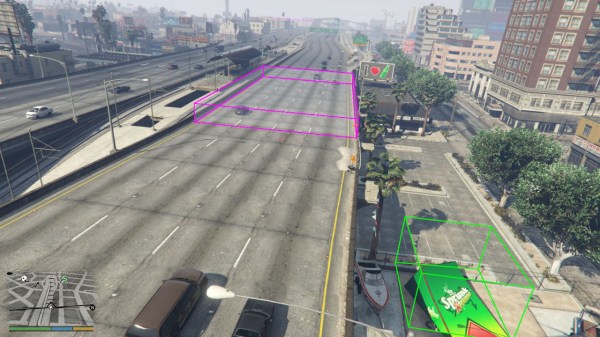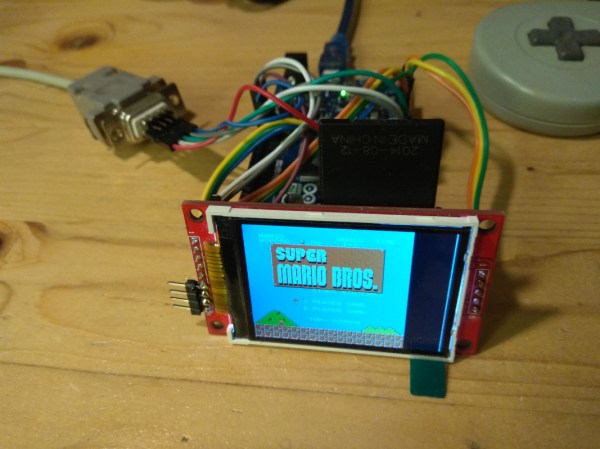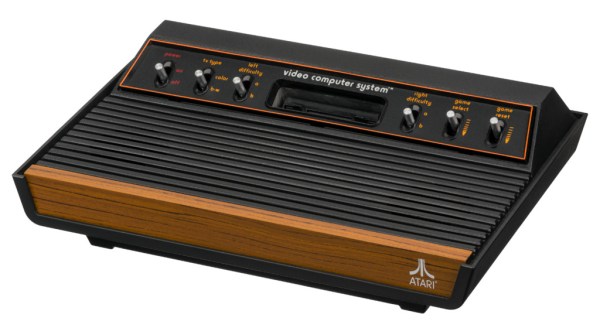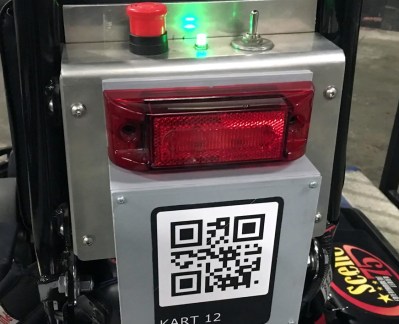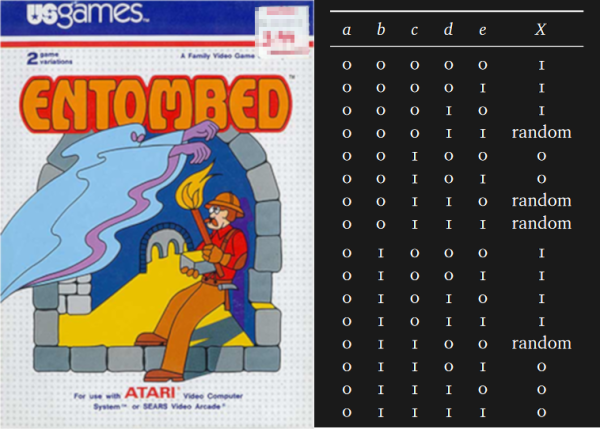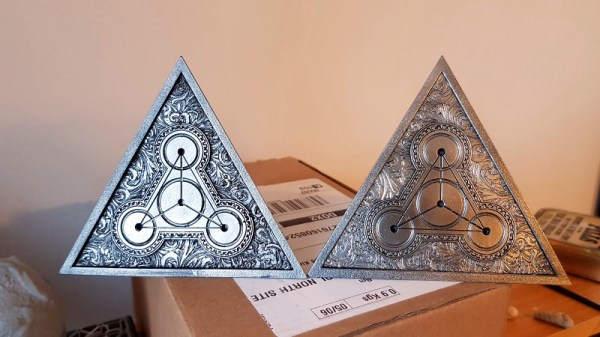While the recent announcement of Grand Theft Auto V for the upcoming next-generation game consoles was a disappointment for those fervently waiting for a successor in the infamous video game series, it shows that after almost seven years of its initial release, the epic title is still going strong — and rightfully so. But a game as varied and complex as GTA V isn’t without some quirks, especially if you’re going for 100% completeness.
The stunt jumps seem a particular pesky nut to crack here, so [Anthony Som] made it his mission to shed some light on what qualifies as a successful jump by reverse engineering the system and writing both a mod for displaying the landing zone and a cheat to instant success.
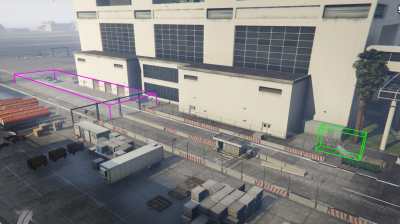 If you’re not familiar with the game, its vast open world map features a variety of side quests, one of them being stunt jumps, where certain locations allow you to launch the vehicle you’re driving into the air in hopes to land on an adjacent road or area — whether to evade the people chasing you, or just for fun. There’s no telling how to actually succeed though, the game just tells you if you did or not afterwards, causing some degree of frustration. As an avid speedrunner (as in finishing a game in the shortest possible time), [Anthony] was looking for a way to increase the success rate for those stunt jumps, and decided to dig into the code to find out how to get there. Of course, being a proprietary game, he had to resort to reverse engineering and utilizing GTA’s vivid modding scene to do so.
If you’re not familiar with the game, its vast open world map features a variety of side quests, one of them being stunt jumps, where certain locations allow you to launch the vehicle you’re driving into the air in hopes to land on an adjacent road or area — whether to evade the people chasing you, or just for fun. There’s no telling how to actually succeed though, the game just tells you if you did or not afterwards, causing some degree of frustration. As an avid speedrunner (as in finishing a game in the shortest possible time), [Anthony] was looking for a way to increase the success rate for those stunt jumps, and decided to dig into the code to find out how to get there. Of course, being a proprietary game, he had to resort to reverse engineering and utilizing GTA’s vivid modding scene to do so.
His initial outcome was a mod that displays the launch and landing area as rectangles inside the game itself, which was a great help. But well, after already getting that far, [Anthony] figured he might as well continue and add a cheat mode to teleport the car right inside that expected landing area and be done with second-guessing his attempts once and for all.
If you’re curious about modding GTA yourself, his write-up has a few good pointers for that, and of course features some real examples of it. Whether this is a good idea for the self-driving AI that uses GTA as learning environment is probably a different story though.

